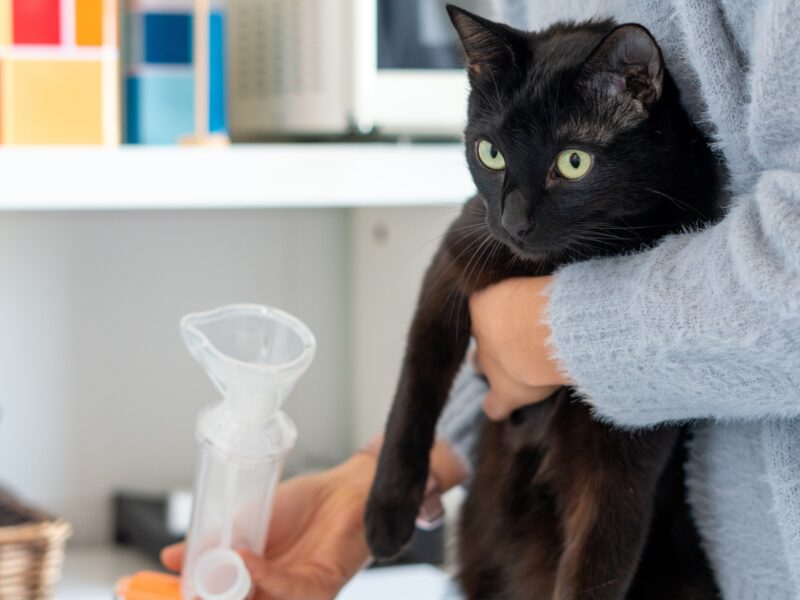Study Details How Auto Emissions Pose Human Health Problems Worldwide

Tiny matter called “ultrafine particles” in the atmosphere are un-regulated, according to the World Health Organization, but a team of international researchers that includes a Texas A&M University professor and two graduate students has found that auto emissions are a key factor in the creation of the particles, and pose a significant health problem in many urban areas.
Renyi Zhang, Texas A&M distinguished professor of atmospheric sciences and the Harold J. Haynes Chair in Geosciences, and colleagues from the University of Texas at Austin, the University of California-San Diego, the California Institute of Technology, Johns Hopkins University and several Chinese universities have had their work published in the latest issue of PNAS (Proceedings of the National Academy of Sciences).
The team studied auto emissions relevant to urban areas, especially Beijing, which has some of the highest pollution from auto exhaust in the world.
It found that the auto exhaust plays a part in the creation of large amounts of ultrafine particles, tiny matter that is no wider than one-thousandth of a human hair. These tiny particles are a proven harmful contributor to air quality and human health and have been linked to birth defects.
“This has been an emerging area for research,” Zhang said. “Ultrafine particles can penetrate easily through human lungs and reach many vital organs. The impacts of ultrafine particles on human health can be far-reaching. Currently, ultrafine particles are un-regulated. They can be present in high concentrations, but you still see blue sky.”
The air quality standards established by the U.S. Environmental Protection Agency (EPA) only limit the mass concentration of PM2.5 – referring to particles smaller than 2.5 microns – for human health concerns. Ultrafine particles make up little PM2.5, because of their negligibly small masses. They are produced more efficiently when the atmospheric PM2.5 levels are low, according to this study.
“Our measurements are representative of typical urban environments worldwide since the gasoline fleet of the commonly used vehicle model in China is equivalent to those in Europe and the United States,” the researchers wrote in the paper.
“The problem of ultrafine particles is as important in China as in the U.S. Reduction in PM2.5 to improve air quality could exacerbate pollution of ultrafine particles,” Zhang said.
The implementation of the Clean Air Act in 1990 has resulted in noticeable reduction in PM2.5 over the United States.
“Protecting the public health needs simultaneous reduction in both types of particles,” Zhang said. “Sound science is essential to guide the regulatory policies.”
While finding ways to reduce the ultrafine particles will require much more research, Zhang says drivers using electric cars would almost certainly help. But that could be years in the future since electric vehicles currently make up less than 1 percent of over a billion vehicles on roads worldwide.
Zhang said the study shows for the first time “that traffic emissions are a major source for ultrafine particles. Our studies show that aromatic organic compounds from auto exhaust form these ultrafine particles. They form in any cities from car exhaust, such as Houston, New York City, and Washington, D.C. Residents who live close to highways or congested roads are particularly vulnerable.”
“This is a frontier area in air pollution. Producing close to 1 million nanoparticles per cc in air is a serious matter of concern,” he said.
The study was funded by the National Natural Science Foundation of China, the Robert A. Welch Foundation and a collaborative research program between Texas A&M University and the National Natural Science Foundation of China.
Media contacts:
- Renyi Zhang, 979-845-7656, Renyi-zhang@tamu.edu
- Keith Randall, 979-845-4644, keith-randall@tamu.edu



